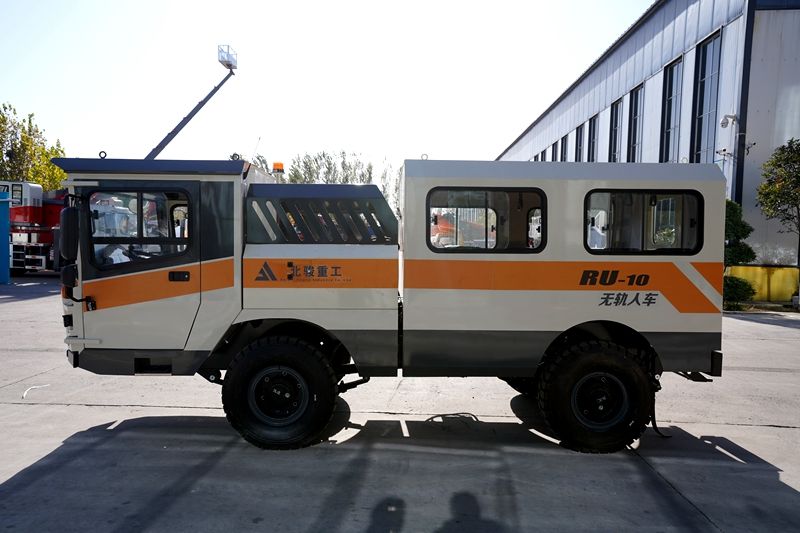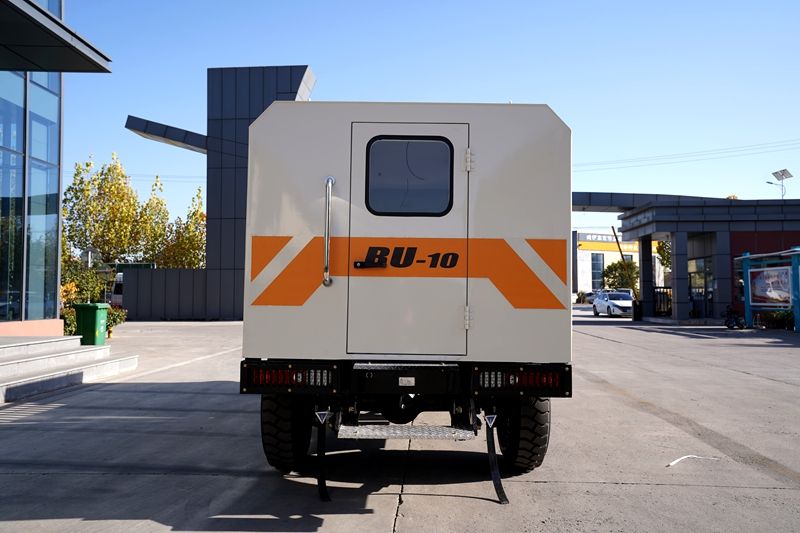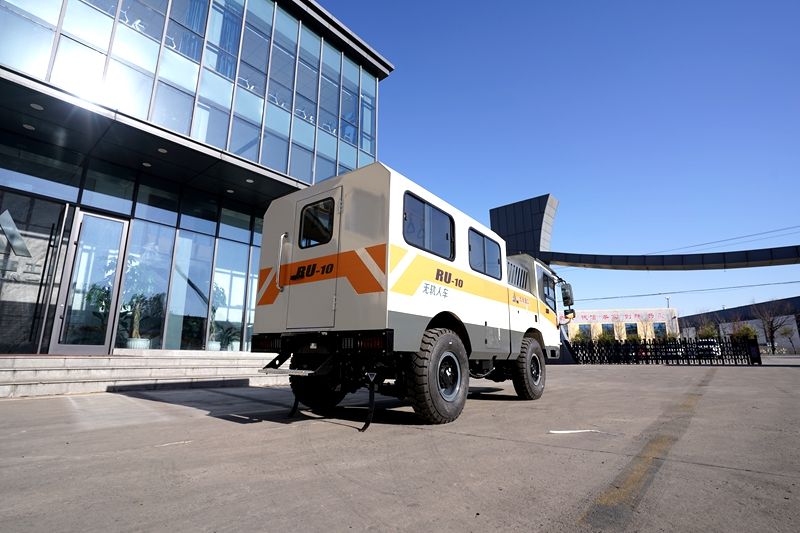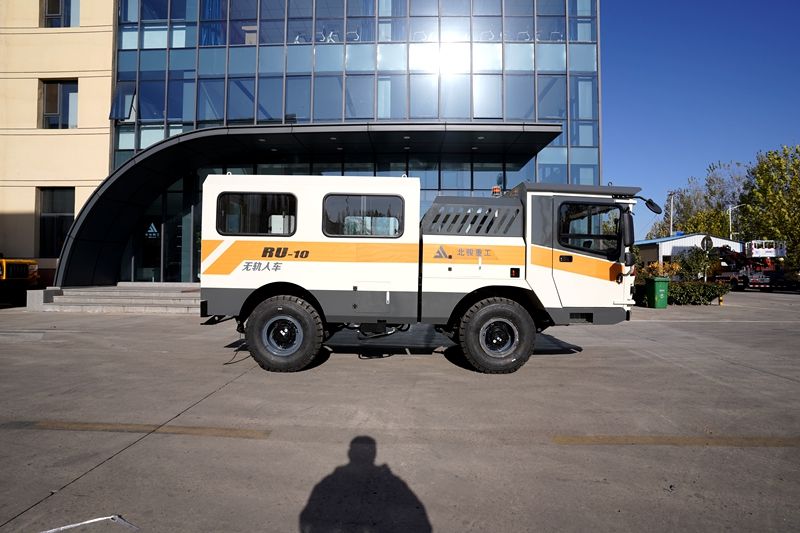Beijun Underground Mine Personnel Carrier Built for Safety and Performance in Harsh Mining Environments
In the faint light of a tunnel plunging 1,200 meters below Inner Mongolia’s surface, the air hangs thick with diesel smoke and rock dust. A line of heavy machinery crawls through the darkness. One unit stands out—new, quiet, unmarked: the Beijun Underground Mine Personnel Carrie. It doesn’t draw attention with flashing lights or bold paint. Yet for the 16 exhausted miners boarding after a long shift, it feels like the first truly safe journey they’ve taken underground.
This isn’t just another piece of underground mining equipmen. It represents a new approach—one where crew safety and system reliability aren’t afterthoughts, but the starting point. In an environment where a single mechanical flaw can turn fatal, that difference isn’t minor. It’s essential.
1. The Unspoken Danger: What Miners Face Every Time They Ride
For years, underground teams have ridden in the same kind of vehicle: a basic mine personnel carrier offering little beyond basic seating. Visibility is poor. Comfort is low. And when it comes to live safety monitoring, there’s almost nothing.
Drivers depend on skill, habit, and hope to navigate the dark tunnels safely. But when you’re dealing with scorching heat, thin air, and uneven ground, hope isn’t enough.
“We’d laugh and say the commute was deadlier than the job itself,” admitted Li Gang, a shift boss at Tengger Coal Mine. “Old rigs had shaky brakes, no rollover shields, and if the engine died in a gas pocket, you were trapped.”
That’s exactly where the Beijun Underground Mine Personnel Carrie makes its mark. It’s not built just to carry workers—it’s engineered to shield them. In today’s mining world, safety can’t be bolted on. It has to be built in from day one.
2. Built for the Worst: Real-World Testing in Extreme Conditions
Before it hit the market, the Beijun Personnel Carrie went through one of the most brutal test regimens in the industry. Not just lab simulations—real mines, real crews, real hazards.
At a copper mine in Yunnan, engineers ran the vehicle through:
90% humidity tunnels with condensation dripping from the ceiling
45°C ambient temperatures with no active cooling
15% incline emergency stops on wet rock surfaces
Simulated methane leaks with automatic engine cutoff
The result? Zero failures. And more importantly, zero close calls.
“What stood out was how the driver didn’t have to panic,” said Wang Fei, a safety inspector who observed the trials. “The system detected the gas spike, shut down non-essential power, and kept the cabin sealed. That’s not just a personnel carrier—that’s a survival pod.”
This level of resilience is why more mines are switching to the Beijun underground mine personnel carrie—not because it’s new, but because it’s reliable when it counts.
3. Safety That Works Before the Alarm Goes Off
Most mine personnel carriers today rely on alarms: beeping when you reverse, flashing when gas levels rise. But by then, the threat is already present.
Beijun flipped that logic. Their underground mine personnel carrier uses a predictive safety network—a mix of AI-driven diagnostics and real-time sensor fusion—that watches for trouble before it becomes critical.
For example:
If tire pressure drops by 15%, the system doesn’t just alert the driver—it adjusts suspension balance and sends a maintenance ticket to the surface team.
If the driver shows signs of fatigue, the vehicle gently pulses the seat and suggests a rest stop.
In high-dust zones, the HEPA filtration activates automatically, keeping cabin air clean without manual input.
“This isn’t about reacting,” said Dr. Liu Mei, Beijun’s lead systems engineer. “It’s about staying ahead of the curve. The Beijun underground mine personnel carrie doesn’t wait for danger. It sees it coming.”
That’s a big reason why mines in Xinjiang and Shanxi have reported a 30% drop in transport-related incidents since adopting the vehicle.
4. From Driver to Guardian: Redefining the Operator’s Role
Traditionally, the operator of a personnel carrier is just that—a driver. Hands on wheel, eyes on the road.
But in the Beijun model, the operator becomes a safety guardian.
The cabin is designed around human-centered principles:
360° camera feed with AI-assisted obstacle prediction
Voice-activated controls to reduce distraction
One-touch lockdown for fire or gas events
Two-way communication with surface control center
And perhaps most importantly: no single point of failure. Dual braking systems, redundant power supplies, and explosion-proof electrical housing—technologies also used in Beijun’s Underground Explosive Transporte—ensure that even if one system fails, the vehicle keeps running.
“It’s like having a co-pilot who never sleeps,” said Zhang Tao, a veteran driver with 18 years underground. “Now, the personnel carrier watches for me.”
5. Why Mines Are Choosing Beijun Over Legacy Brands
Mines are switching because the Beijun underground mine personnel carrie delivers where it matters:
Durability: Tested for 10,000 hours with less than 2% downtime
Compliance: Meets MSHA, ATEX, and GB 25285 explosion-proof standards
Serviceability: Modular design allows quick part swaps—no full vehicle removal required
Sustainability: Optional electric model cuts diesel use by 70%
Beijun’s reliability across its full range—from underground dump truck to load-haul-dump machine—is driving operators to standardize their fleets under one brand.
6. More Than a Vehicle: A New Standard in Underground Safety Culture
The impact of Beijun’s underground mine personnel carrier goes beyond mechanics. It’s influencing mine safety culture.
When workers see that their ride is designed to protect them—not just move them—they start expecting more from every piece of underground mining vehicl.
“We’ve had fewer near-misses,” said Li Gang, the shift supervisor. “But more importantly, miners are asking, ‘Can we get the same system on the explosive transport vehicl?’ or the multi-function service truc? That’s the real win.”
7. The Future of Underground Transport Starts Here
As mines go deeper and hotter, the demand for smarter, safer transport will grow. The Beijun underground mine personnel carrie isn’t just meeting that demand—it’s setting the pace.
With plans to integrate autonomous navigation and AI route optimization, Beijun continues to innovate across its fleet of underground haul truck, personnel carrier, and explosion-proof vehicle.
Because in the end, that’s what Beijun was built for—not just performance in harsh mining environments, but people coming back alive.









